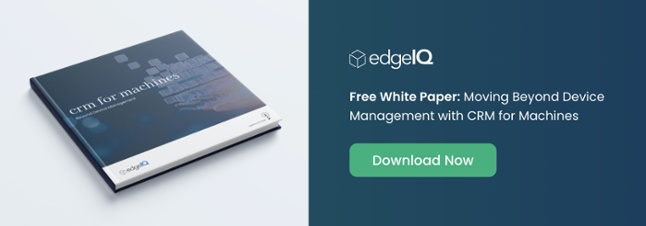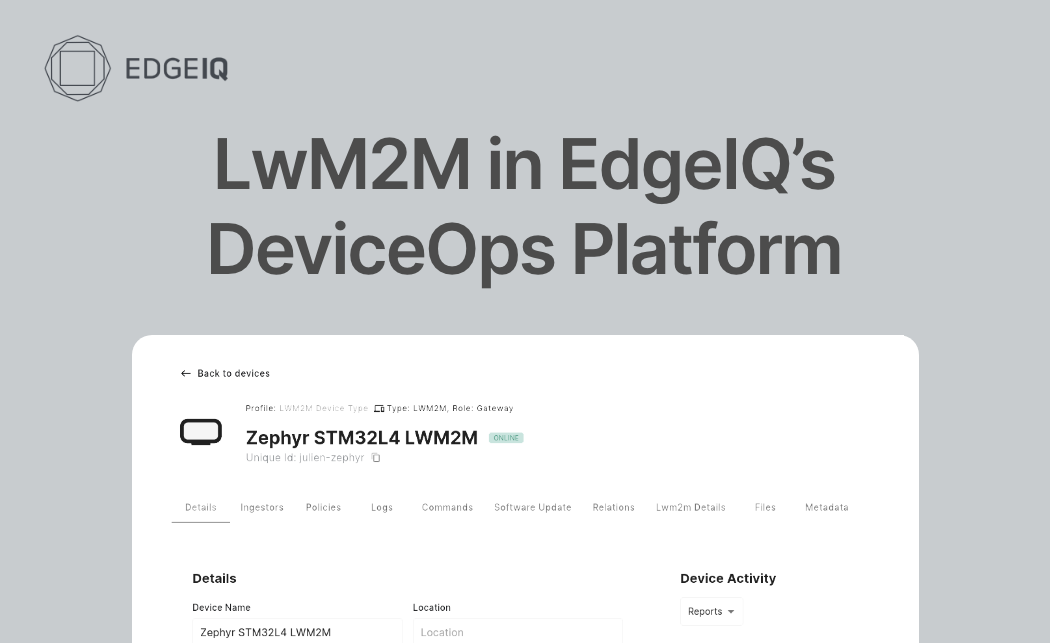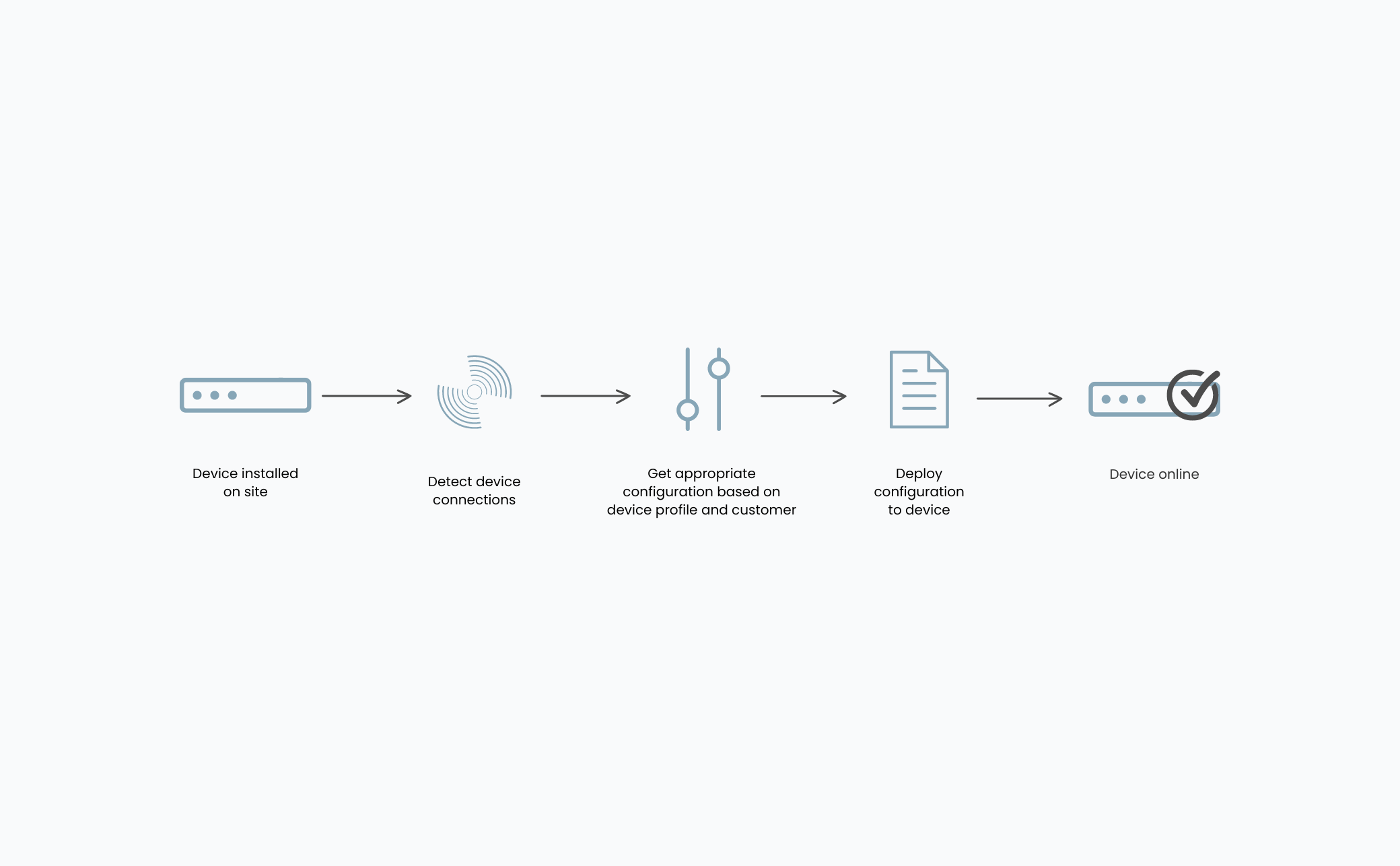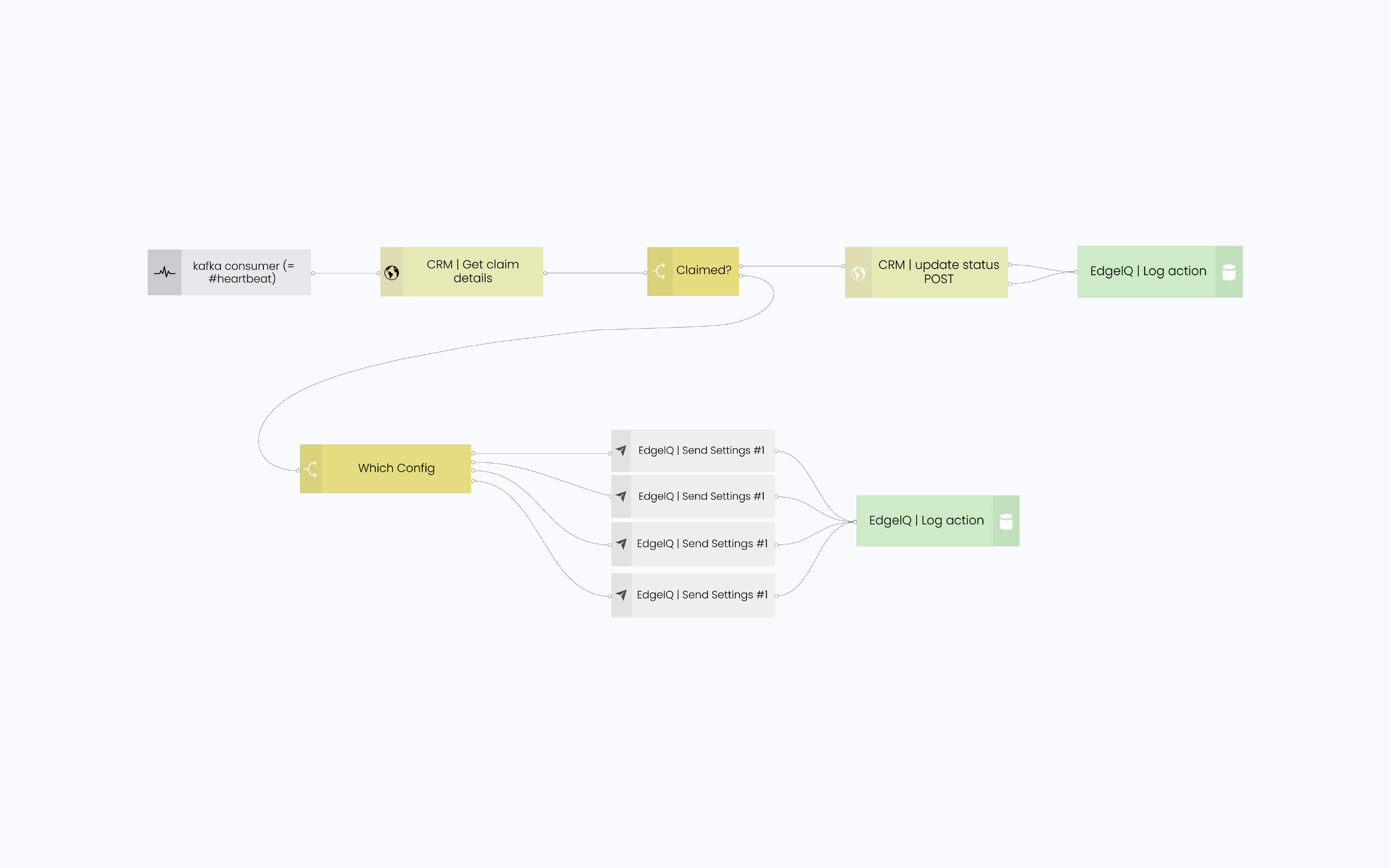While visiting my nephew in Harpswell, Maine, I took this beautiful picture of an idyllic location on the ocean as a great reminder of why I love Maine.
The day was great - except when it wasn’t. It was almost a disaster.
Before having dinner at the restaurant where my nephew works, we decided to kayak to some of the islands that were just a short distance away. It was a sunny day, and the temperature was in the high 60s by the time we hit the water. We paddled out to a nearby island, pulled our kayaks onto the beach, and I thought we were just going to chill there, rest, and talk about stuff that uncles and nephews talk about. Instead we walked around the island, taking in the vistas from this oasis in the ocean. Then the life talk began...and continued for more than half an hour before I noticed something familiar but out of place off in the distance.
My yellow kayak was floating away from us in the middle of the ocean.
The tide came in faster than expected, and I hadn’t pulled my boat far up into the sand. After all, I didn’t realize we were going hiking. I also left my phone on shore, and began having flashbacks of kayaking in Monterey Bay with my sons and losing our camera in the water.
My biggest fear was that both kayaks made their way back into the harbor; then we’d really be up a creek without a paddle - so to speak. Good news - my nephew’s kayak was still barely on land - we got there just in time. So he paddled out, secured my kayak, and towed it back to the island. We had a laugh and realized how close we came to being stranded on an island off the coast of Maine - without Netflix.
Yes, this is a true story, and, yes, it has a lot to do with how organizations treat their connected products - or mistreat them.
Too often, organizations forget how important it is to build proper monitoring and management tools into their connected product strategy. They do the bare minimum, never thinking or preparing for the fact that tides sometimes come in faster than expected. Stuff happens and you lose contact with the most important things in your business.
If you don’t have a reliable connectivity layer in place, you're in trouble. If you can’t do periodic wellness checks to ensure that your product is operating properly, you are in big trouble. It amazes me how many product and support managers just assume that their products are operating properly with no way of really knowing.
A partner of ours recently brought us into a deal because their application stopped running on a piece of mission critical hardware - and nobody knew about it for three weeks. These are really smart people who build great products. But if you don't have the proper monitoring and remote management in place, it can get bad.
So this week’s lesson is that if you don’t have a proper 360-degree connected device management program in place - you could be stuck on an island without a kayak, a paddle, a life vest or a phone to call home. Good luck.






